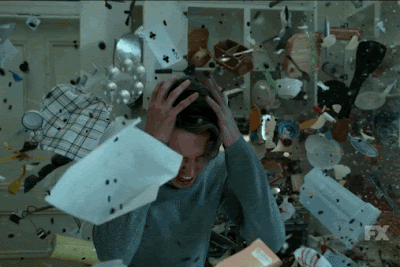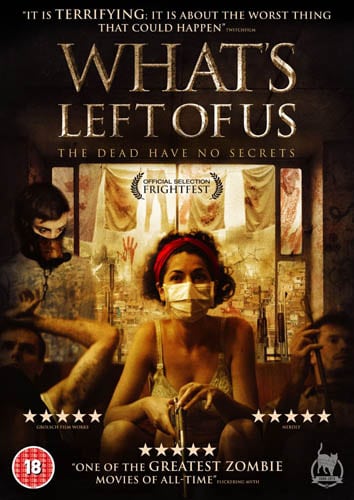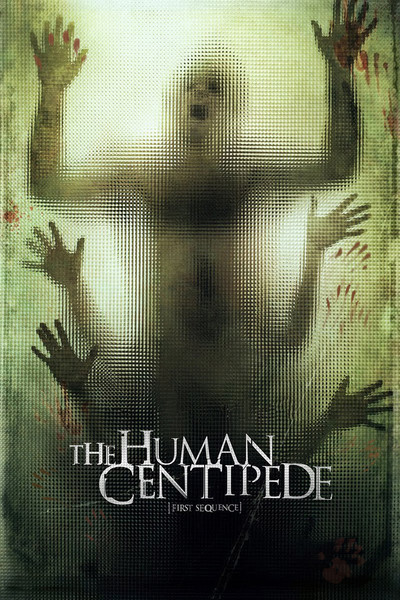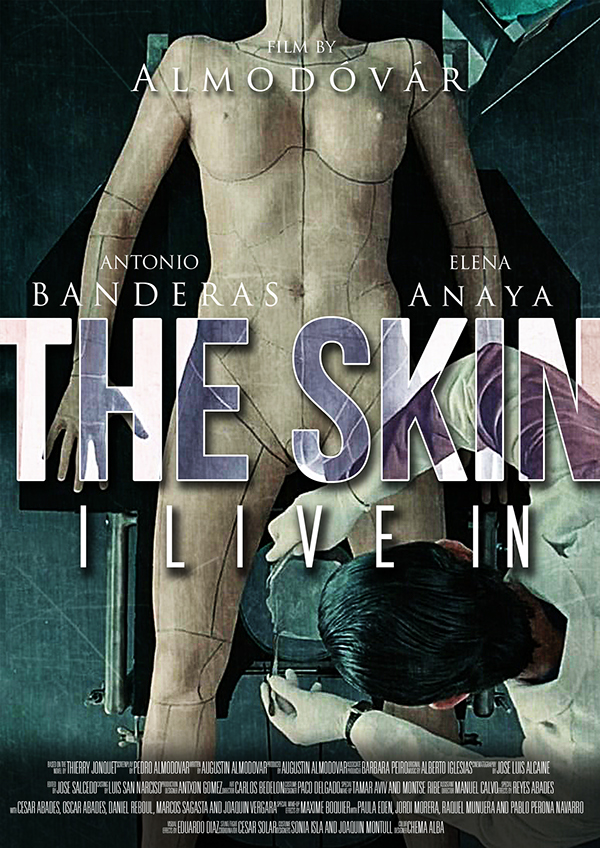Copyright 2020 by Gary L. Pullman
In Shock Value; How a
Few Eccentric Outsiders Gave Us Nightmares, Conquered Hollywood, and
Invented Modern Horror (2011),
Jason Zinoman offers some insights concerning John Carpenter's 1978
film Halloween.
Jason Zinoman
The
movie is an example of what I refer to as an invasion movie, which I
define as the invasion of an idyllic community by a corrupting,
external evil (think, as a prototype, The Garden of Eden): “Halloween
begins,” Zinoman writes, “with a decidedly normal, safe
environment, an idyllic middle-class suburb” (178). During the
course of the movie, this “familiar” setting and its “ordinary”
character “turns into something ambiguous, confusing, and
repulsive,” as “middle-class suburbia is [shown to be] the home
of unexplainable evil” (208). However, the suburbs is not the only
familiar and ordinary environment in such movies; others include “the
beach, the hospital, the bedroom, the prom, the highway,” and
“right next door” (208).
At
the beginning of the movie, the camera views the action from the
perspective of “the predator,” as the audience sees what the
invisible intruder sees, but the point of view then alternates back
and forth, between “the predator” and the “victim” (180). To
differentiate the audience from the killer, the director, John
Carpenter, shows them the killer's “knife,” which “reminds us
that our perspective,” as members of the audience, “is not the
same as that of the killer” (180).
Zinoman
provides a couple of theories as to why female characters are more
often victimized (and killed) than are their male counterparts,
including the greater perceived vulnerability of female characters
and the established tradition of the presence of a damsel in
distress.
“The
pleasures of horror are more masochistic than sadistic,” he claims
(181), which may be another reason for the tendency of horror movies
to feature female characters as their victims. By identifying with
the film's victims, rather than with its predator, the audience
vicariously becomes victims themselves; if they are males, it would
seem (although Zinoman does not say this) that they are also, to some
extent, feminized, seeing female surrogates of themselves as
vulnerable, weak, ineffective, and helpless. However, viewers, male
and female alike, presumably, would also learn, through the survival
of the so-called Final Girl, that young women can also be survivors,
provided that they possess the personality traits it takes to go
toe-to-toe with a monster and win.
Zinoman
seems more interested in the nature (or lack thereof) of modern
monsters than he does in the implied feminization of male audience
members. He contrasts monsters past with monsters present. The
former, he suggests, was “a stand-in for some anxiety, political,
social, or cultural,” but the latter represent something else
entirely.
For
example, Zinoman contends, “[Michael] Myers doesn't represent
anything . . . Myers doesn't represent the cold calculus of
scientific progress or a religious conception of evil” (181), the
two sources, traditionally, that are used to explain the monstrous.
In the past, the monster has usually been a freak of nature (giant
ants or a hostile extraterrestrial life form) (or a freak of the
scientific lab [Frankenstein's monster or Mr. Hyde] or a freak, as it
were, of the supernatural [the devil or a vampire).
The
“New Horror” that was spawned by the likes of Dan O'Bannon,
John Carpenter, Wes Craven, Tobe Hooper, William Friedkin, and
others, on the other hand, is the face of nothingness. Myers is
“defined,” Zinoman says, by “the absence of meaning”; it is
“by emptying out all the details from the character [that]
Carpenter” creates a monster that contains nothing, a monster of
the void, who acts without meaning, without purpose, and “has no
motive” (182-183).
Although
Zinoman often provides food for thought, he is, at times, a bit
Emersonian in his tantalizing vagueness and fails to follow up on
some of his intriguing insights, such as the effects of sadism as a
perspective and, indeed, a technique of the cinema and his insight
that the presence of female characters as victims may tend to
feminize male members of the audience. Both ideas are stimulating and
rich in possibilities, but they are largely undeveloped.
Nevertheless, after Shock Value,
readers won't be the same moviegoers they were before they
encountered Zinoman's highly interesting and suggestive study of “New
Horror.”















































